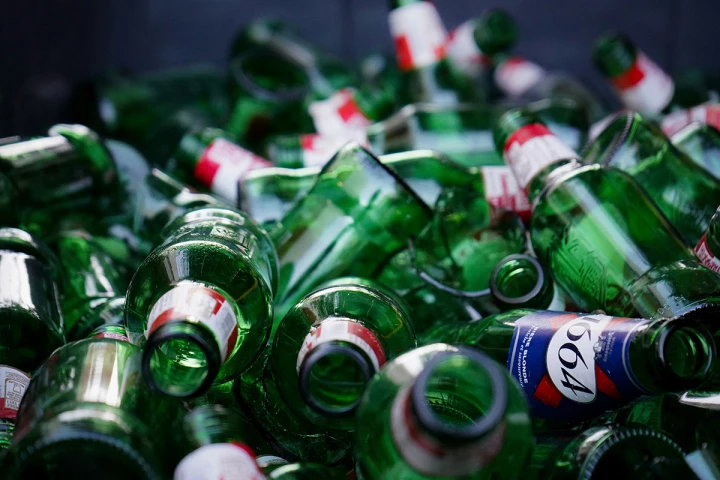Glass
-
Researchers at the University of Portsmouth in the UK have developed a way to use powdered discarded glass in building blocks for construction, which could make this versatile material a lot more sustainable.
-
A new study analyzed beverages like water, soda, wine, and beer to find out how many microplastic particles were in each. The results were a surprise, with a container commonly thought to be safe actually found to carry the highest volume of particles.
-
Using ultrasonic waves and a salt bath, a research team has altered the surface of glass. The brand-new method may lead to glass made without the use of harsh chemicals for self-cleaning windshields, germ-busting surfaces, or maybe even better beer.
-
Crop fertilizers are a major source of pollution, as the chemicals make their way out of the soil and into the environment. Scientists are now working on a solution to that problem, by developing a fertilizer that takes the form of tiny glass beads.
-
Most homes have far fewer electrical outlets on the outside than on the inside, which can pose a challenge when powering outdoor devices. The Power Mole V2 is here to help, by transmitting even more power right through window panes.
-
Even if you don't know what 3D microfluidic networks are, that doesn't change the fact that they have some very valuable possible uses. Scientists have now devised a much easier method of making the things, by taking casts of plant roots.
-
How do you keep a glass of beer cold the longest? With science, of course. That's what one researcher has turned to, finding the optimal shape of drinking vessel that will keep a poured beer chilled for as long as possible while you drink it.
-
Vibration-absorbing, sound-damping materials such as sheets of rubber and expanded foam tend to be thick, bulky and soft. A new material is a big exception to that tendency, however, as it absorbs vibrations while staying stiff and thin.
-
Using a 3D printer that works with molten glass, researchers forged LEGO-like glass bricks with a strength comparable to concrete. The bricks could have a role in circular construction in which materials are used over and over again.
-
Scientists have demonstrated a new potential treatment for bone cancer. A bioactive glass laced with a toxic metal was able to kill up to 99% of the cancer without harming healthy cells, and could even help regrow healthy bone after.
-
Glass-fragment waste typically just ends up in landfills, but perhaps that doesn't always have to be the case. A study shows that ground glass particles can be mixed with soil to produce a plant growth medium that's actually better than soil alone.
-
Lots of glass surfaces can brighten up a room, but it also lets in too much heat as well as neighbors’ prying eyes. A new metamaterial is not only more transparent to light, but adds privacy, cools the room inside, and automatically cleans itself.
Load More











